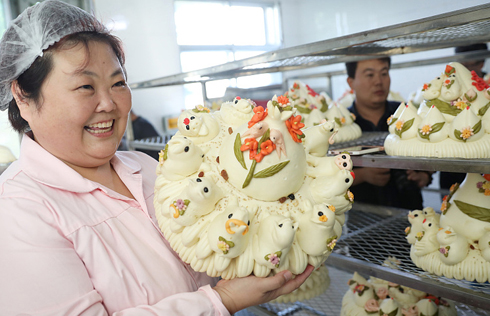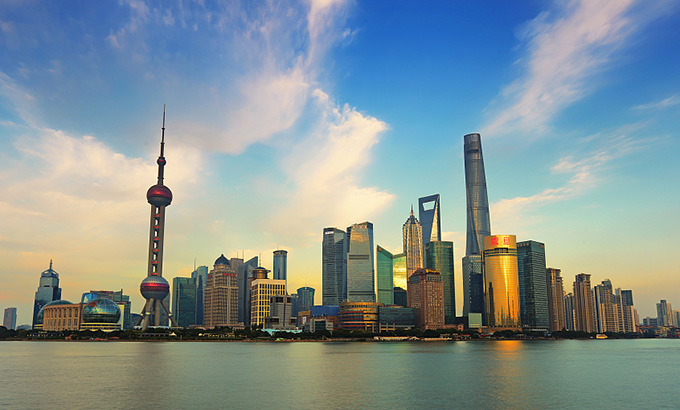Economic growth rate to be at least 6% in 5 years: Prediction
Structural transformation and upgrading of the nation's industries, consumption and urbanization will produce a huge superimposing effect on its economy, driving the annual growth rate to expand no less than 6 percent in the next 5 to 10 years, said Chi Fulin, president of the China Institute of Reform and Development (CIRD).
"More importantly, economic transformation and upgrading will help improve the quality of the nation's economic growth," said Chi, during an address at a two-day international forum on China's economic transformative development after the 19th CPC National Congress and its impact on world economy, which opened in Haikou, capital of South China's Hainan province on Saturday.
"Over the past few years, against the backdrop of profound and complex changes in the internal and external development environment, China's total GDP grew from 54 trillion yuan ($8.12 trillion) to 80 trillion yuan. One important reason lies in the marked progress in economic transformation and upgrading," Chi told the forum, which was organized by CIRD and Gesellellschaft fur Internationale Zusammenarbeit GmbH from Germany and attracted more than 400 experts from home and abroad.
He noted that new progress is promoting the optimization of the social structure while reducing dependence on resources and the environment. In the next 5 to 10 years, the size of the middle‐income group may well make up more than 50 percent of the total 1.3 billion population. By 2020, the scale of China's service sector was expected to grow from the 38 trillion yuan in 2016 to 50 trillion yuan, which will significantly optimize the economic structure and continuously expand economic growth.
He said upgrading of the consumption structure will create a new growth momentum and release of the potential of 1 .3 billion people's consumption will generate a huge new market. Preliminary estimates show by 2020, China's total retail sales of social consumer goods may well be raised from 33 trillion yuan in 2016 to around 50 trillion yuan.
Changes in the urban‐rural structure in the next 5 to 10 years will bring along an investment and consumption demand as large as 100 trillion yuan, which will be the biggest bonus for medium and long‐term development, Chi said.
He said in the face of the contradiction between people's ever‐growing needs for a better life and unbalanced and inadequate development, China must keep on advancing economic transformation and upgrading, building up a modern economic system, and pushing forward the country's economic development onto a better quality and more sustainable path.
"As the world's second largest economy, the country's economic transformation and upgrading has great significance both domestically and internationally. While promoting its own transformative development, China also is contributing to global economic recovery and growth, and at the same time injecting new dynamism into global transformative development and global economic governance reform," Chi said, adding China's contribution to global economic growth will remain at around 30 percent.
He said a two-way opening up pattern of mutual benefit should be promoted by prioritizing the implementation of the Belt and Road Initiative. At the new crossroads of economic globalization, the Belt and Road Initiative has provided a new driver and a new platform for economic globalization, regional integration and economic transformation.
While China is comprehensively implementing the administration system of national treatment plus negative list, substantially relaxing control over market access, expanding the opening‐up of its service sector and experimenting free ports in some qualified regions, the international community in general and developed countries in particular, need to expand opening of the service trade market, including the high‐tech market, such as in environmental protection technology, Chi noted.



















